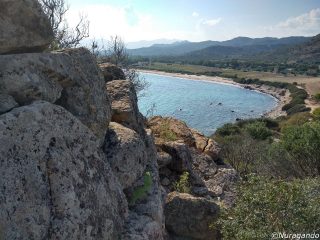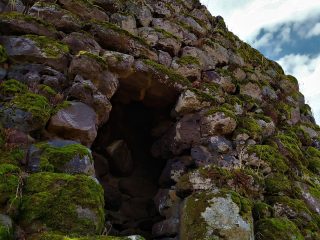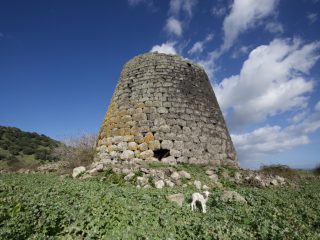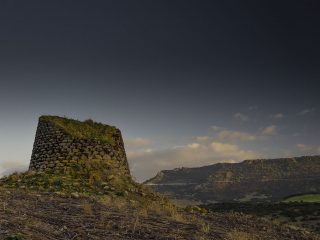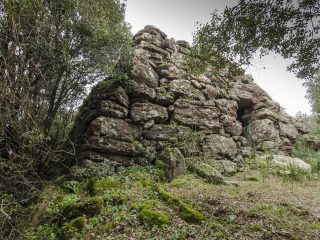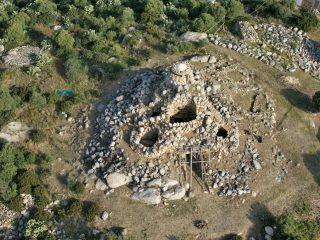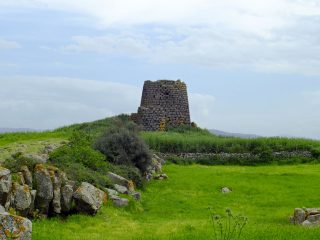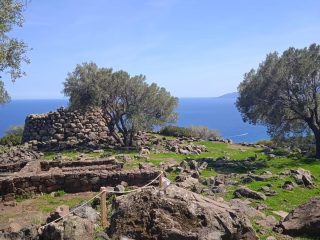The museum owes its name to the entrepreneur and politician of the same name who, in 1878, donated his valuable archaeological and artistic collection to the city of Sassari on condition that the City Hall build a dedicated museum to it. This was the original starting point for the current-day museum together with findings from the initial excavations started in Porto Torres. Since 1958, the collection has grown with findings dating back to research and excavations done by the Archaeological Heritage National Trust and from numerous private donations. Since 2011, Giovanni Sanna’s artistic collection has been housed at the national Picture Gallery in Sassari. The building was constructed between 1926 and 1932 from a project by the architect Michele Busiri Vici in neoclassic style and resembles an elevated temple, with Doric columns and gable, typical of early museum constructions. In the Seventies, it was completely renovated by Ercole Contu. The current-day collection is made up of two main sections: archeology and ethnographics.
The archaeological sector, with its numerous stairs, chronologically narrates the stages of human settling in the areas of Sassari, Nuoro, Gallura and Ogliastra starting from the Lower Paleolithic period right up to Medieval times. The itinerary starts with Sardinian prehistoric cultures and a display of fossil fragments dating to Miocene times found in the Anglona forests. It continues with findings from the Paleolithic era to Neolithic times in the form of pottery, bracelets, necklaces, stone vases and small statues of the Mother Goddess. Further on, the space dedicated to Monte d’Accoddi reveals the everyday life that was conducted around the altar. The exposition continues with pottery and metallic pieces found in the hypogeums from the Copper and Bronze Ages. With the use of casts, plastic models and reproductions, the museum plays an educational role and manages to communicate with its visitors. The room dedicated to Nuragic civilisation houses a considerable collection from residential, cultural and funeral contexts: in particular, bronze artifacts for everyday use such as axes, chisels, necklaces and small bronze statues depicting men and animals. The Phoenician-Punic period is illustrated with amphorae and table crockery, funeral memorial stones and stele, gold and hard stone necklaces, beetles, decorated terracotta, bronze-coloured razors and oil lamps. The room dedicated to Roman Civilisation houses pieces from Porto Torres, an ancient Roman settlement. The year 2000 saw the opening of the Medieval and modern exhibit which provides an in-depth look at life in Sardinia from the Early Middle Ages to the Modern Era. The archaeological section is temporarily closed to the public for renovation and preparation work.
The ethnographic section is the oldest in Sardinia: it includes fabrics, jewellery, baskets, clothes and furniture and other examples of daily life on the Island that document the “material culture”, traditions and art in north and central Sardinia over the last three centuries. From June 2021 to June 2022 the ethnographic Pavillion housed the “Following the Trail of Clemente” exhibition by the designer Antonio Marras.
In the part opposite the entrance is a garden, with high-trunk trees, left over from the park that surrounded the original, neoclassical Museum building at the time of its construction.







